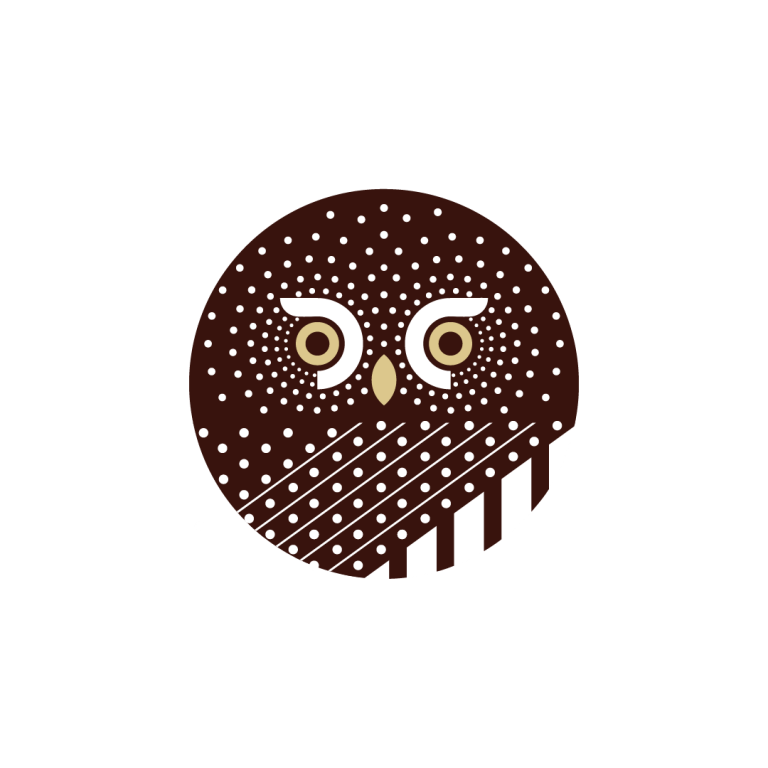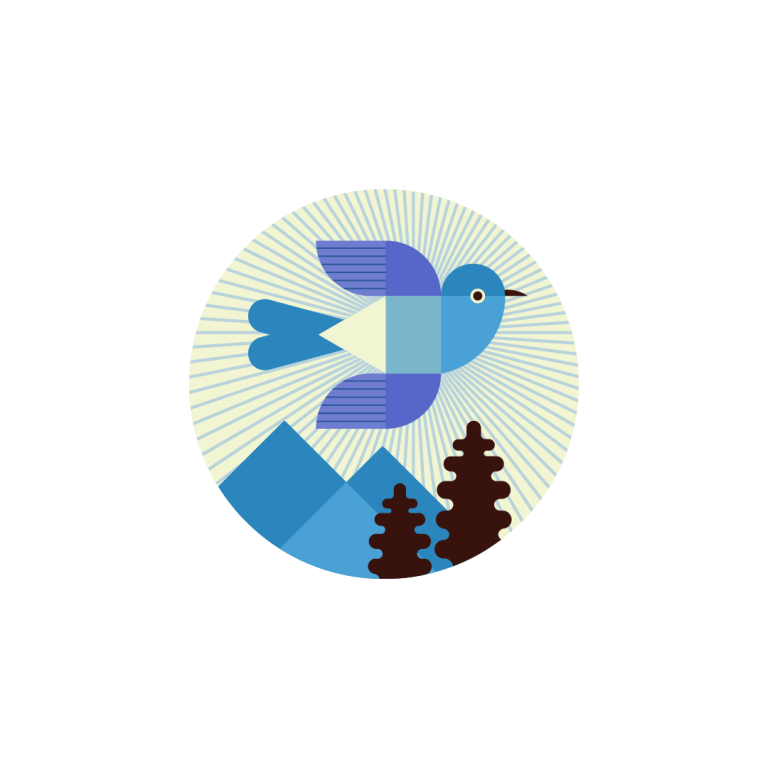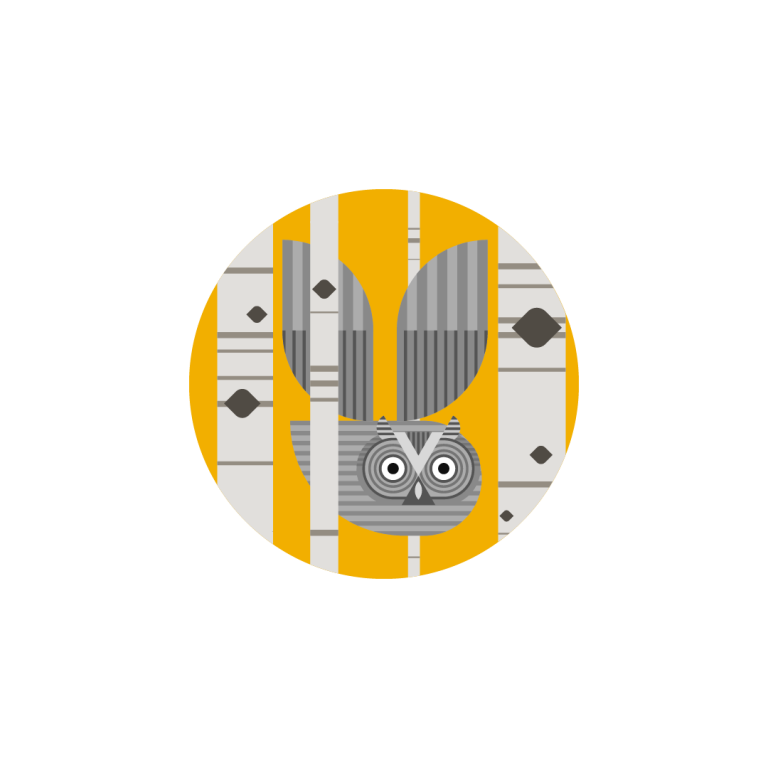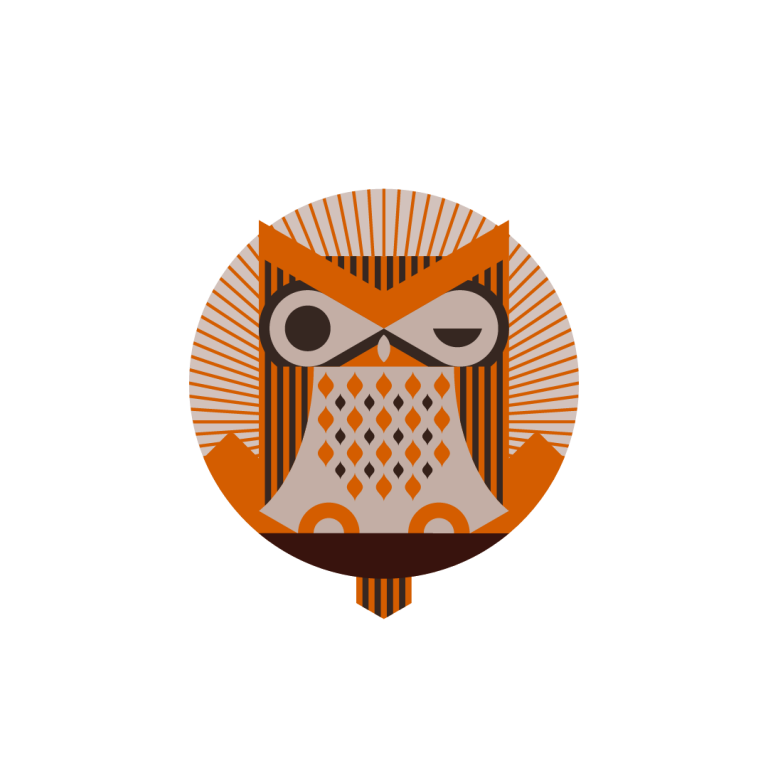Long Billed Curlew
The largest sandpiper in North America has an amazing, 20cm long, thin, curved beak – perfect for selecting grasshoppers, other insects and earthworms from the grasses as well as shrimp or crabs from deep burrows.
Cool Facts:
- The Long-billed Curlew’s genus name, Numenius, means “of the new moon,” and describes the slender, curved shape of the bird’s bill.
- Its common name, “Curlew” is a reference to the sound of its call, a loud “curleeeeeu”.
- Male and female Long-billed Curlews incubate the eggs and care for the brood. The female typically abandons the brood 2–3 weeks after hatching, leaving her mate to care for the young. Despite the split, the pair may breed together again the following year.
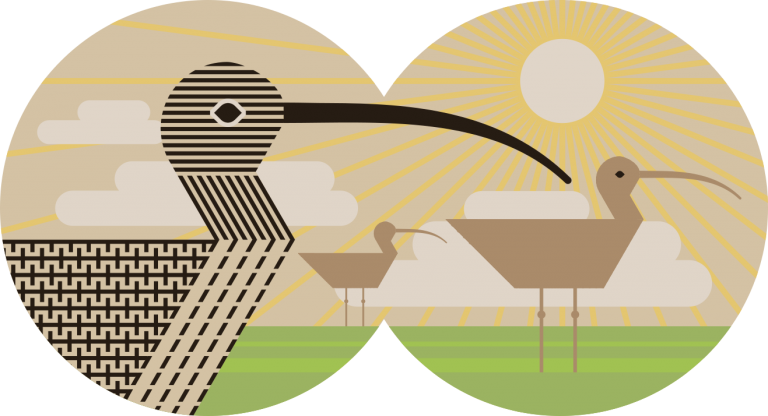
Where it Lives
The Long-Billed Curlew comes to Lillooet in the spring, to nest on grassland benches above the Fraser River. It winters in the southern USA and Mexico.
Conservation Concern
Long-Billed Curlews are BLUE-LISTED in British Columbia, meaning they are at risk, mainly from habitat loss, due to agriculture and range practices and in some parts of the Province, urban sprawl.





